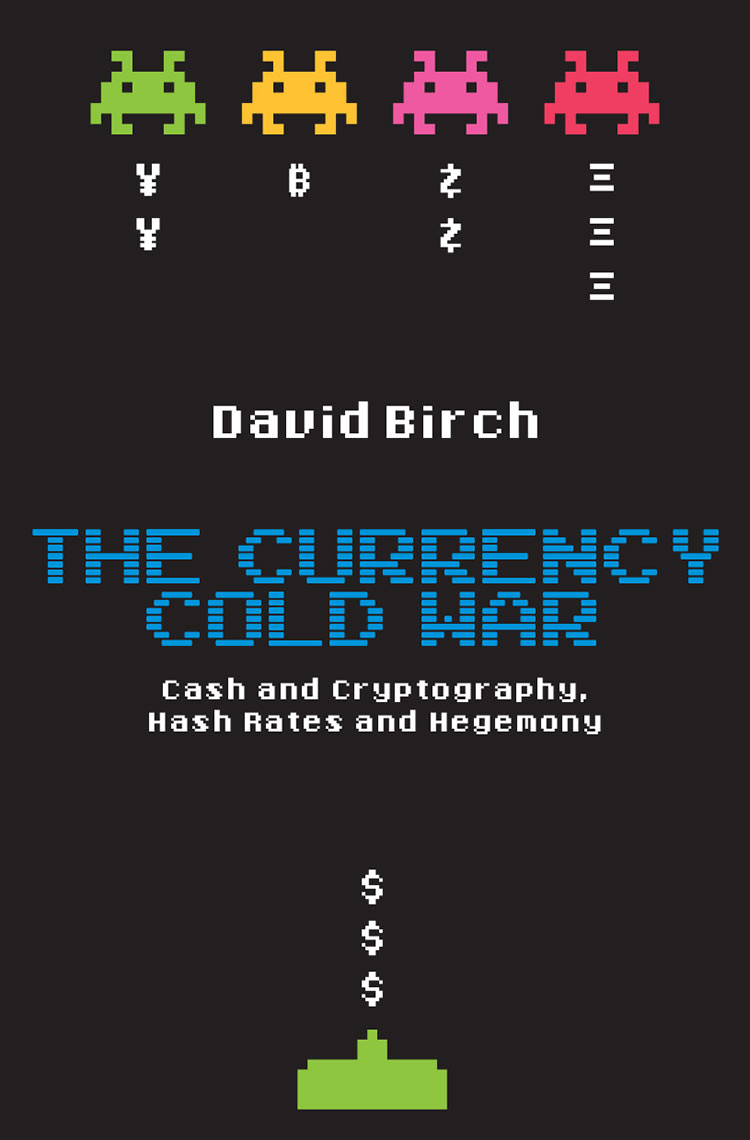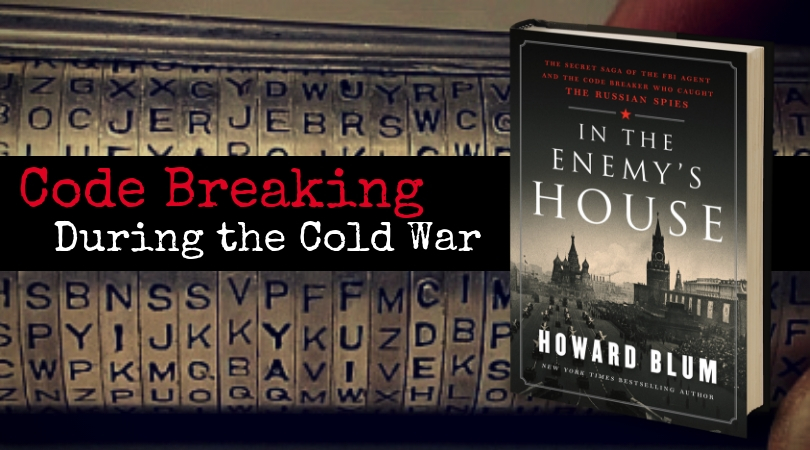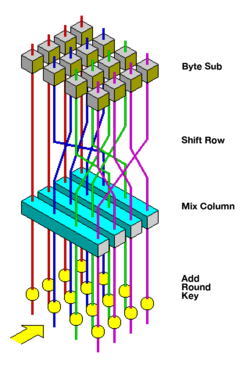Cryptography and the Cold War: A Battle of Secrets
The Cold War, a period of geopolitical tension between the Soviet Union and the United States from the late 1940s to the early 1990s, was marked by an intense arms race, political intrigue, and a battle of ideologies. Beyond the nuclear brinkmanship and proxy wars, another critical front opened up: the cryptographic battle. This clandestine warfare was not fought with guns or tanks but with codes, ciphers, and an unyielding quest for information supremacy.
The Origins of Cryptographic Warfare
While cryptography had been a part of warfare for centuries, its role took on unprecedented significance during the Cold War. The aftermath of World War II left the world’s superpowers grappling for technological advantages, and secure communication became a cornerstone of national security. The need to intercept and decrypt the opponent's communications without them realizing it propelled advancements in cryptographic methods and technology.
Both the U.S. and the Soviet Union invested heavily in cryptographic research, each aiming to penetrate the other's secrets while keeping their own communications secure. This cryptographic arms race led to a series of technological innovations that would lay the groundwork for modern information security.
Key Cryptographic Advances
Among the most notable advances was the development and deployment of the NSA (National Security Agency) in the United States, which was established in 1952. The NSA's primary mission was to develop codes and break those of its adversaries. It became one of the most important players in the cryptographic landscape, amassing a vast amount of resources and personnel to aid in its mission.
The Soviets, for their part, had their own cryptographic agency known as the FAPSI (Federal Agency of Government Communications and Information) that was equally tasked with securing communication and deciphering intercepted messages from the West.
Technological advancements on both sides included the use of increasingly sophisticated encryption machines. The Americans relied on the SIGABA and later the KL-7, while the Soviets employed various mechanical and eventually electronic cipher machines. The quest for better encryption and decryption techniques pushed both sides to experiment with early computer technology, shaping the early development of computer science.
Notable Cryptographic Incidents
The Cold War cryptographic battle was marked by several key events that exemplified the high-stakes nature of this invisible war. The Espionage Act of 1917 was employed frequently during this time to prosecute those caught passing information, demonstrating the seriousness of cryptographic breaches.
One such incident involved the infamous "Cambridge Five," a ring of British spies who passed information to the Soviet Union. Their espionage activities exposed weaknesses in British and American cryptographic security, prompting a thorough re-evaluation of how codes were used and protected.
Another example is the VENONA Project, a counter-intelligence program initiated by the United States Army's Signal Intelligence Service. The project successfully decrypted a series of messages sent by Soviet intelligence agencies, revealing clandestine activities and helping to identify several American spies working for the Soviets.
The discovery and ongoing encryption battles surrounding these incidents underscored the critical role cryptography played in intelligence operations. Both sides continued to refine and strengthen their cryptographic capabilities throughout the Cold War.
The Legacy of Cold War Cryptography
Beyond its immediate effects, Cold War cryptography left a lasting impact on global communications and information security. The techniques and technologies developed during this period transitioned into civilian applications, laying the foundation for modern cybersecurity. The advent of highly advanced algorithms and the push towards electronic and eventually digital encryption significantly influenced the way governments, corporations, and individuals approach data privacy today.
Furthermore, the cryptographic race served as a precursor to the current era of cyber warfare, where state and non-state actors rely heavily on digital espionage and counter-espionage operations. The principles established during the Cold War continue to influence global relations in terms of security and policy.
As this close first glance into the cryptographic battles of the Cold War shows, the quest to protect and uncover information was a central element of the broader geo-political struggle. While the weapons and tactics used have evolved, the core challenge of safeguarding information in an interconnected world remains as relevant as ever.
The Role of Cryptographers and Codebreakers
During the Cold War, cryptographers and codebreakers were the unsung heroes working tirelessly behind the scenes. Their work required immense dedication, intellect, and creativity, as they engaged in a never-ending battle of wits with their counterparts on the other side of the Iron Curtain. Operating under conditions of extreme secrecy, these individuals were crucial to national security, and their successes—or failures—could have far-reaching implications.
American codebreakers at the NSA and other intelligence agencies relied on a combination of mathematical prowess and computing power to keep up with Soviet advances. The NSA, with its sophisticated resources and access to cutting-edge technology, assembled some of the brightest minds from academia and the military. Together, they worked tirelessly to maintain an edge over Soviet encryption efforts. Many of these individuals were involved in projects that remain classified to this day, underscoring the sensitive nature of their work.
Conversely, the Soviet Union leveraged its own talented mathematicians and engineers within FAPSI, employing rigorous scientific research to bolster its cryptographic capabilities. The Soviets were aware that any breakthrough in the cryptographic domain could lend them a significant strategic advantage. Consequently, they spared no expense in gathering top-tier talent to serve their ends, often at the expense of individual freedoms and scientific openness.
Technological Innovations and the Advent of Computers
The Cold War era coincided with the nascent stages of computer science, creating new possibilities for cryptographic analysis and codebreaking. It was during this period that computer technology began to intersect meaningfully with cryptographic objectives. Both the United States and the Soviet Union recognized early on the potential of computers to execute complex calculations far beyond human capability, enabling the analysis and breaking of intricate cipher systems.
In the United States, this led to partnerships with prominent research institutions and companies, including collaborations with IBM and various universities. The result was a series of breakthroughs that markedly increased the efficiency and power of cryptographic work. Modern cryptographic architectures owe a great deal to these developments, which introduced digital encryption methods that continue to evolve and underpin today’s cybersecurity protocols.
The Soviet Union, though somewhat slower to incorporate computers due to their more centralized and secretive governmental approach, eventually followed suit, using computers to automate codebreaking tasks and developing algorithms that shaped their encryption efforts in later years. While often hampered by resource constraints and lack of Western technology, Soviet cryptographers demonstrated remarkable ingenuity in leveraging the tools available to them.
Impact on Global Diplomacy and Intelligence Gathering
The cryptographic strategies and technologies developed during the Cold War had profound implications for global diplomacy and intelligence gathering. The ability to secure communications while simultaneously intercepting and decoding those of opponents allowed both superpowers to influence global events significantly. The exchanges intercepted through cryptographic efforts often revealed the strategic intentions of states, allowing for preemptive diplomatic actions or adjustments in foreign policy.
Moreover, the reliability of encrypted communications was essential for maintaining alliances. NATO, spearheading Western opposition to Soviet expansion, often relied on secure communication channels established through advanced cryptographic methods, ensuring coherence and trust among its member nations. Similarly, the Warsaw Pact countries depended on encryption to solidify their alliance and coordinate activities without external interference.
These capabilities also spurred the development of signals intelligence (SIGINT), a critical component of espionage that relied heavily on cryptographic techniques. SIGINT provided insights into a range of covert activities, from political maneuvering to assessing military readiness, thus informing decisions that could deter potential conflicts or escalate negotiations.
Cold War Cryptography’s Influence on Modern Times
The legacy of cryptographic warfare during the Cold War extends far beyond its historical time frame, with lasting influences visible in modern practices of data security and intelligence. The mathematical foundations laid by cryptographers during this era evolved into the sophisticated algorithms that safeguard digital information today. Encryption methods such as RSA and AES, which enable secure banking transactions, protect personal data, and safeguard government secrets, trace their origins back to the pioneering work done in the Cold War.
On a broader scale, the practices and structures established by Cold War-era agencies have persisted, with organizations like the NSA continuing to play a pivotal role in today's security landscape. International bodies and alliances still depend on encryption to protect communication, reflecting a continuity of priorities since the mid-20th century.
Additionally, the Cold War’s cryptographic competition set a precedent for the current landscape of cyber warfare, where states invest heavily in cyber intelligence and cybersecurity to protect their interests from digital attacks. As nations grapple with the complexities of information warfare, the core principles of cryptography developed during the Cold War remain highly relevant.
As we reflect on the technological and intellectual advancements brought about by this intense historical period, it is evident that the cryptographic battles of the Cold War were not just a footnote in history but a cornerstone in shaping the complex dynamics of modern global communication and security.
The Influence of Extreme Secrecy and Ethical Considerations
The extreme secrecy that enveloped cryptographic operations during the Cold War was both a necessity and a source of ethical tension. The clandestine nature of this work meant that only a handful of individuals in each nation were privy to the full scale of cryptographic projects. This secrecy was intended to prevent espionage and ensure that operations remained concealed from enemy spies. However, it also led to an environment where oversight was minimal and accountability was often lacking.
In many cases, cryptographic breakthroughs and the individuals behind them were kept secret even from high-ranking officials outside specific intelligence circles. The dearth of transparency sometimes resulted in internal conflicts and a lack of recognition for those who contributed significantly to cryptographic successes. The toll this secrecy took on the individuals involved was immense. Many cryptographers worked long hours under immense pressure, fully aware that even a single oversight could jeopardize national security.
Moreover, the ethical considerations of cryptographic work during the Cold War were complex and multifaceted. On one hand, intercepting and decrypting enemy communications was viewed as an essential defense measure that could prevent warfare or loss of life. On the other hand, such activities blurred the lines of privacy and sovereignty, often exploiting vulnerabilities without regard for international law or human rights.
Spycraft and Cryptography: A Tangled Alliance
Cryptography was deeply intertwined with spycraft during the Cold War, providing essential tools and information to intelligence operatives. Espionage agencies, such as the CIA and the KGB, relied on cryptography not only to protect their own communications but also as a fundamental method for acquiring intelligence. Double agents, defectors, and intelligence operatives became skilled in the art of using codes and ciphers, transforming cryptographic systems into weapons of intrigue.
This alliance was exemplified by various covert operations where cryptographic methods played a decisive role. In several notable instances, encrypted communications provided insight into the political and military strategies of adversaries, allowing for calculated moves by the recipient government. The notorious U-2 incident, where an American spy plane was shot down over the Soviet Union in 1960, highlighted the risks and potential fallout of intelligence operations. In this and other missions, cryptography worked in tandem with human intelligence to achieve strategic objectives.
The relationship between cryptography and spycraft not only shaped how intelligence agencies operated but also underscored the broader cultural themes of suspicion and paranoia prevalent throughout the Cold War. Every message intercepted and every code broken was a testament to the mistrust that characterized the era, as nations continued to wage a war of secrets and silence.
The Path Forward: Lessons from the Past
Reflecting on the cryptographic endeavors of the Cold War provides valuable lessons for the present and the future. As technology continues to advance, the principles of cryptography remain vital to ensuring the privacy and security of information in our digital age. The historical context of Cold War cryptography serves as a reminder of both the potential and the pitfalls of technological and intelligence efforts.
Current challenges in cybersecurity mirror the stakes of Cold War cryptographic battles, as nation-states and non-state actors seek to outmaneuver each other in cyberspace. The ethical dilemmas, technological innovations, and operational secrecy of the Cold War era offer insights into present-day practices and encourage a more deliberate consideration of how cryptography is used and governed.
Organizations today, from multinational corporations to government entities, continue to invest in cryptographic technologies to protect sensitive data and communications. However, balancing the benefits of these technologies with ethical considerations and the need for transparency remains as critical now as it was then.
Modern Applications and the Evolving Role of Cryptography
The evolution of cryptographic techniques developed during the Cold War is reflected in their wide array of modern applications. Cryptography now plays a fundamental role in securing digital communication, financial transactions, and personal information. The advent of blockchain technology, which relies on cryptographic principles, showcases the transformative power of these foundational innovations in areas such as cryptocurrencies and secure decentralized systems.
Furthermore, the continuing threat of cyber espionage and cyberattacks underscores the need for robust cryptographic defenses. As organizations and governments navigate a highly interconnected world, the lessons of the Cold War era inform strategies for protecting against information breaches and maintaining national security.
New challenges have emerged, including the debate over encryption and its impact on privacy rights versus national security needs. This balance remains delicate, as it was during the Cold War, driving ongoing discussions among policymakers, technologists, and the public.
In conclusion, the intersection of cryptography and the Cold War provides a unique lens through which we can understand the profound impact of code-making and code-breaking on historical and contemporary global dynamics. As we continue to grapple with the complexities of digital security in an ever-changing world, the legacy of Cold War cryptography offers both cautionary tales and inspiring narratives of innovation and resolve. The cryptographic battles fought during this period have become an integral part of the collective pursuit of security and transparency in the modern era.




















Comments